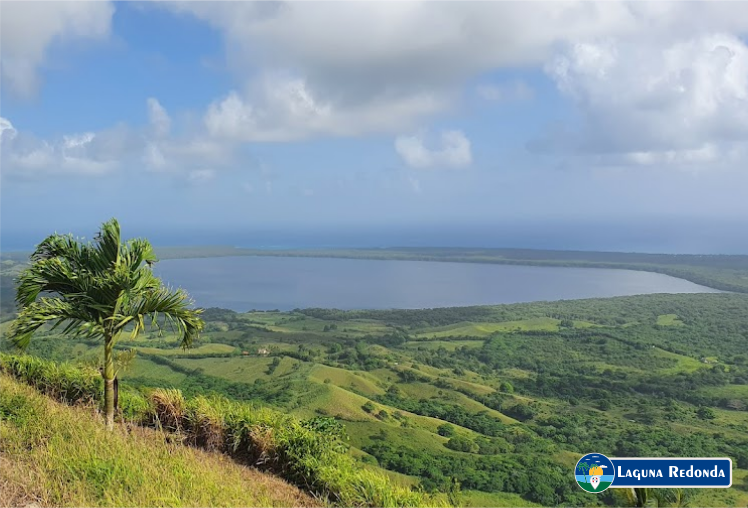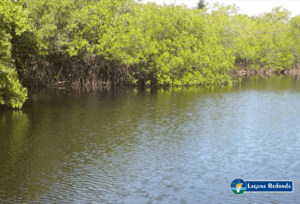
Round Lagoon is a lagoon in the Dominican Republic that is located in the northeast of the country in the province of El Seibo, about 17 km from the town of Miches. It has an extension of approximately 5 km², a maximum depth of 2.10 m,1 and it is the only lagoon that has communication with the sea through the Celedonio channel. The lagoon is part of the Redonda and Limón lagoons natural scientific reserve.
Among the fauna are crabs and bass and tilapia fish. The avifauna is represented by the zaramagullón (Podilymbus podiceps), red-billed coot (Gallinula chloropus), gray heron (Egretta alba), congo king (Nycticorax nycticorax), spoonbill (Ajaia ajaja) and long-necked duck (Anas acuta).
It is a natural reserve of the Dominican Republic created to conserve the endemic species of plants and animals of the country. It is constituted mainly by two lagoons: Redonda and Limón. It has an area of 53 km² and is located in the northeastern region of the Dominican Republic, encompassing most of the coastal plain between the Cordillera Oriental, north of the Miches-Nisibón highway in El Seibo province, and the ocean. Atlantic.
Access to the reserve is achieved by advancing north, along the El Seibo-Miches highway, and continuing east until you reach the town of Los Icacos if you visit Laguna Redonda, or the town of Los Guineos to visit Laguna Limón.

The Round Lagoon y Limón Natural Scientific Reserve was created by Decree 1315 of August 11, 1983. Later, by Decree 309 of December 31, 1995, its conservation objectives were declared, its category was redefined and its limits were definitively established. The previous Decree established that scientific activities and environmental monitoring are its conservation objectives, allowing artisanal fishing and coconut harvesting under the guidelines to be consigned in the area management plan.
Through Decree 319 of 1997, the category of national park was assigned to the area, but shortly after this decree was suspended. Lastly, Decree 14-99 was issued in order to resolve the eternal conflict of the limits of the area. Finally, the General Law on the Environment and Natural Resources ratified Decree 309-95 mentioned above.
In Round Lagoon the populations of animals of marine or brackish water origin proliferate more. Among the invertebrates, the presence of a white shrimp of the genus Peneus is remarkable, as well as several species of molluscs of the genus Crassostrea that live on the bottom or adhere to the roots of the red mangrove. Among the fish are mojarra (Gerres cinereus), horse mackerel, snook (Centropomus undecimalis), smooth (Mugil curema) and tarpon (Tarpon atlanticus). Although there is an abundant population of tilapia, the specimens of this species do not grow much due to salinity conditions.
Amphibians are represented by Eleutherodactylus flavescens, the toad (Bufo marinus) and the bullfrog (Rana catesbiana). While terrestrial reptiles are represented by common species of the genus Anolis, such as A. distichus, A. cybotes, and A. chlorocyanus. Mariguanita (Leiocephalus personatus mentalis) is a common inhabitant of beaches. Two species of sea turtles, the hawksbill (Eretmochelys imbricata) and the leatherback (Dermochelys coriacea), reproduce seasonally on the beaches. Terrestrial insects and bats in the area can be considered poorly studied, despite their abundance in the reserve.
To find out about other interesting places in the Dominican Republic, follow us at visitadominicana.com
How to get to Round Lagoon: CLICK HERE!
